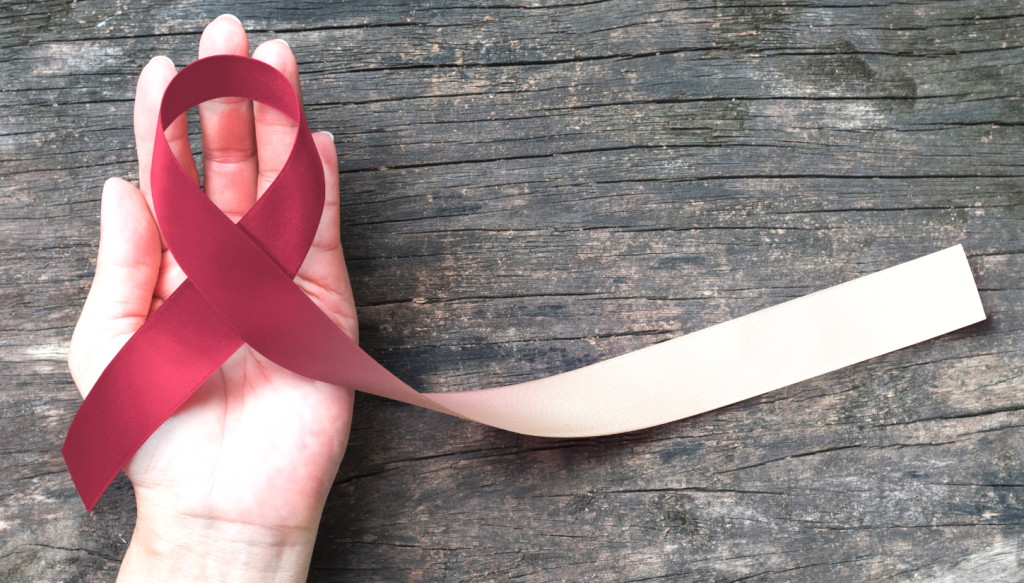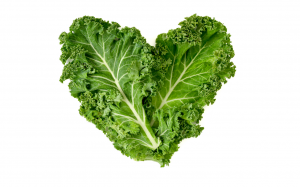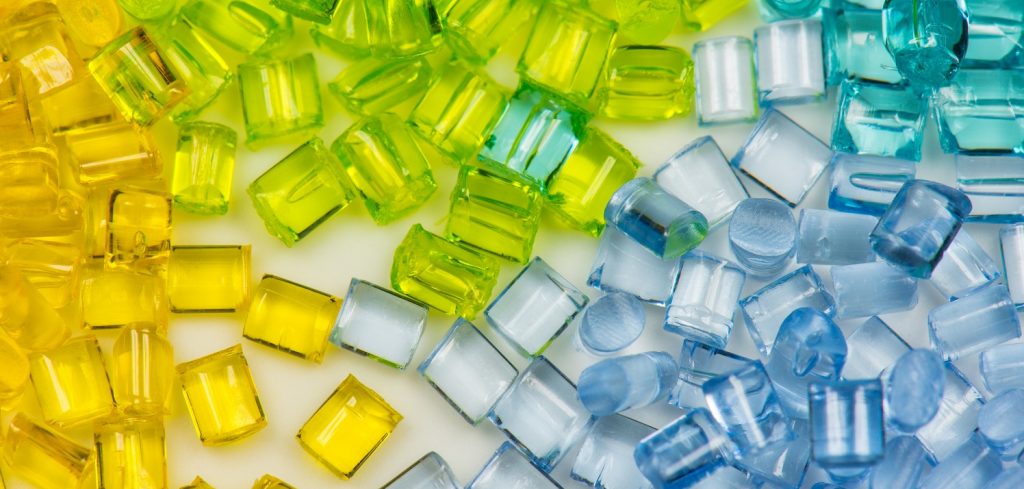
Hey there, it’s Dr. Krieger here! I am the integrative cancer provider at Spring. Did you know that October is Breast Cancer Awareness month? I thought it would be appropriate to discuss a few quick tips to help keep your breast tissue in tip-top shape. Here are my Top Three Tips to Maintain Healthy Breast Tissue:
Healthy Breast Tissue Tip #1: Get regular exercise
-
-
The American Cancer Society notes that NUMEROUS studies over the past 20 years show markedly decrease in breast cancer risk with regular physical activity. Aim for at least 150 minutes of moderate exercise per week. If you break a sweat, that’s even better!
- https://www.cancer.org/latest-
news/get-moving-to-help- reduce-your-risk-of-breast- cancer.html
-
Click Image for more on Cancer and Exercise info!

Healthy Breast Tissue Tip #2: Eat cruciferous vegetables
-
- Cruciferous vegetables are part of the Brassica plant family. They include the following vegetables, to name a few: broccoli, cauliflower, cabbage, kale, radishes, turnips, watercress, Brussel sprouts, bok choy, arugula, collard greens and rutabaga.
- Cruciferous vegetables contain phytochemicals (Indole-3-Carbinol, glucosinolates, sulforaphanes) that have been shown in research studies to slow cancer growth and development. These foods may lower your risk of breast cancer by 40 percent. So eat up, folks!
- https://www.aicr.org/foods-
that-fight-cancer/broccoli- cruciferous.html

Healthy Breast Tissue Tip #3: Stop using antiperspirant deodorant
-
- I hate to be the bearer of bad news, but you’re supposed to sweat. Especially underneath our arms. Sweating through the axillary region (armpits) is a great way to help detox the breast tissue as well as keep us cool and regulate our body temperature. Antiperspirant deodorant contains aluminum and stops and suppresses this action. Therefore when this happens we can’t move toxins out through our skin. If you’re using an antiperspirant deodorant, try only to use this with intense exercise (if needed). Or switch to a completely natural deodorant instead. We have a couple of great options at the clinic if you’re interested, just ask!
- If you want to take it a step further, check out this armpit detox protocol: https://www.medicalnewstoday.
com/articles/319624.php
Click the image below for information on Natural Deodorants!







